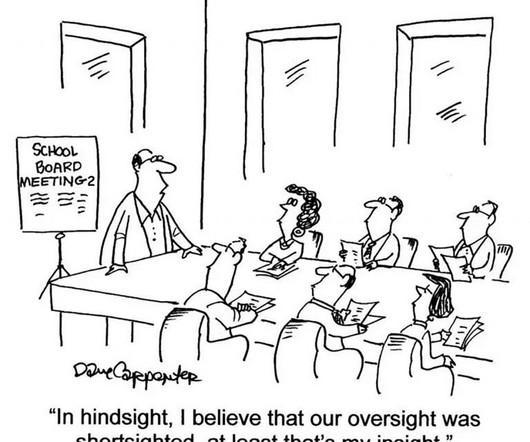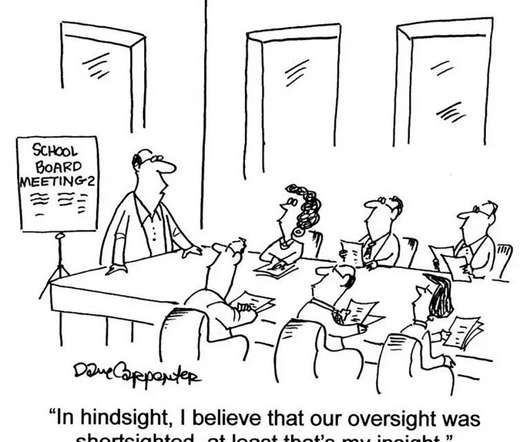Embracing a New Model for Higher Education Governance Part 2: The Updated Board Duties
The Change Leader, Inc.
OCTOBER 2, 2021
In this second post of our five-part series on Embracing a New Higher Education Governance Model , we discuss the updated board duties in higher ed and how boards can embrace their new roles and responsibilities as they work to meet the challenges facing colleges and universities today. As institutions continue to evolve, so must the way boards operate.











Let's personalize your content